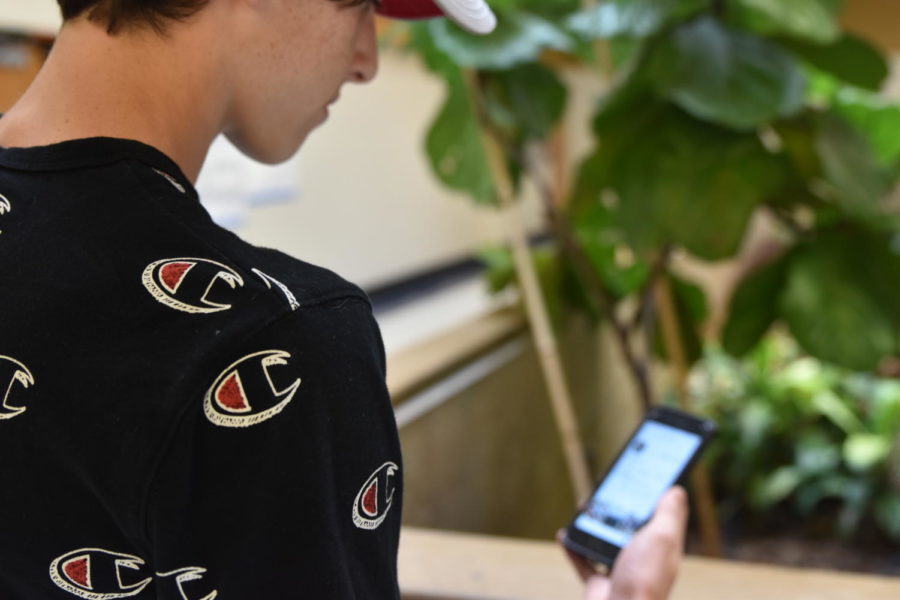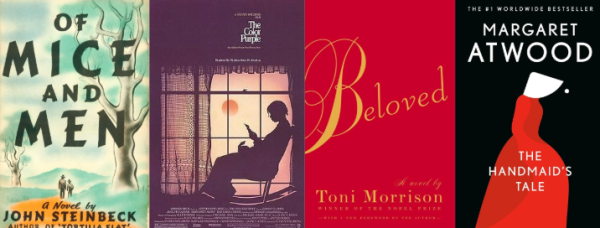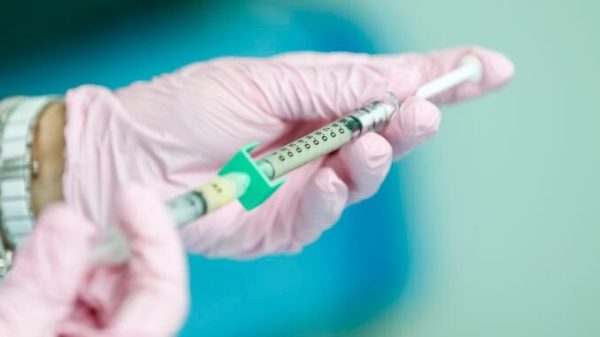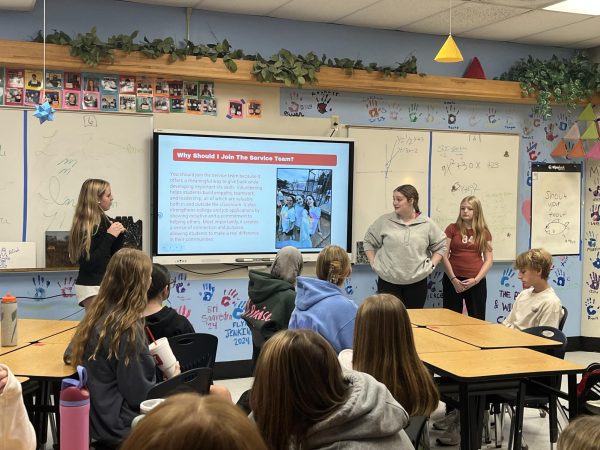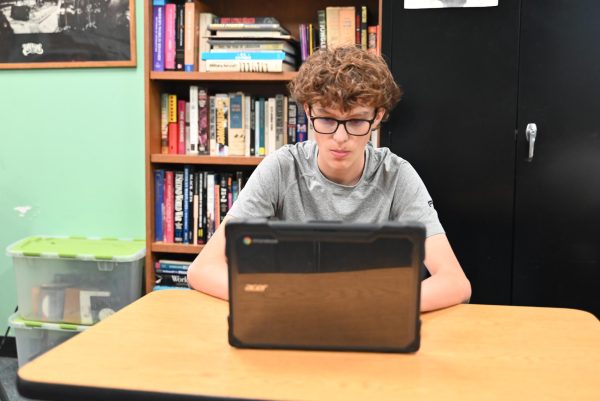I deleted Instagram for a month and this happened…
Senior Tommy Matteucci checks his Instagram feed on his smartphone during school.
Instagram. Snapchat. Twitter. All sorts of evidence point to these platforms being destructive and harmful, so why does every teen have it and refuse to delete it?
Most social media is actually deteriorating one’s mental health and gives people misconceptions and false information on another person’s life. Think about it. When you make a post on Instagram, you try to pick the photo that brings out the best in you or the place you are at, making your life appear to be more entertaining or enjoyable than it really is. Information from a 2017 study done by Time reveals staggering and jaw-dropping data about Instagram. One of the surveyists explained how “Instagram easily makes girls and women feel as if their bodies aren’t good enough” while another one reveals how he feels he is missing out on others having a good time and that “these feelings can promote a ‘compare and despair’ attitude.” Thoughts and actions such as this spark anxiety and in some cases even lead to depression.
Depression from social media has been connected to not just Instagram but also Snapchat, Twitter, and in some cases even YouTube. Mediakix also conducted a study, researching the addiction teens have to smartphones. One of the eye-catching statistics they provided was that when a teenager uses social media for five hours in a day, they have a more than double chance to develop depressive symptoms than someone who only spends an hour on their phone. Alongside that stat, young girls were singled out to be “most strongly associated with displaying addictive social media behavior” because they exemplify low self-esteem traits and an egoistic personality when it comes to posting on social media.
Time found that social media isn’t all bad though. YouTube, although accounting for a roughly 10% loss in average teen sleep, was actually given a positive grade on the scale used to grade social media platforms, proving to help teens bond and find similar interests with others. The other four apps studied (Instagram, Snapchat, Twitter, and Facebook) were all given negative scores, mostly for their high levels of anxiety, bullying, and depression.
Multiple studies from the Pew Research Center have shown that the brain reacts to the Internet and clickbait in similar ways a person with a substance abuse reacts to drug simulation. Dopamine, a chemical released when one is experiencing something pleasant or enjoyable, is discharged in people who compulsively use the Internet, just like how dopamine is released when drugs are used; that’s just the beginning, though. Social media can also build up a tolerance to those who rely on likes, and if they don’t get more likes than previously, they won’t be satisfied. One more scary fact; when the device or app is taken away, the person experiences withdrawals from their phone or social media.
The issue of addiction to social media brings a lot of concern to me. If someone came up to me and asked: “Are you addicted to Instagram?” I’d most likely say no. This isn’t just me, though. Millions of teens are subconsciously addicted, and if awareness isn’t brought to the topic soon enough, people all over will suffer.
Recently, a friend came to me about an idea he had; deleting all social media for the first month of school. I considered it for a couple of days before agreeing, curious about how my grades and personality would reflect the fewer distractions I had. Quickly I noticed I was on my phone quite a lot less and my screen time usage was down almost 65%. But something else kept bugging me, and it took almost two weeks before realizing why I felt so weird. I was addicted. It’s not just social media that creates distractions for us. I felt the urge to fill the time I wasn’t using social media with other apps or distractions such as games, music, or google. My screen time was consistently staying lower and lower than before. Homework was much more manageable and I was getting almost two more hours of sleep a night.
But one last observation I had was about the school. When I didn’t have Instagram, there was no way for me to find out when Spirit Night was, when I could pick up my Posse shirt, or what was upcoming next week. In my opinion, South’s use of social media is an inefficient and unproductive way to disseminate information, that not only encourages students to get social media but also leaves a large portion of kids in the dark when it comes to the news. The school has done so much for creating a better environment and community through social media, but if they could find a way to relay information through other ways than social media, everything would be much smoother.
Social media is essential for existence. When the school opened, none of the students had Instagram, let alone their own phone. They would communicate by calling each other on their home phones or make plans ahead of time. Today, we still put up posters around the school, but how many people actually take the extra time to read what they say? Posters and signs were one of the only ways for relaying information years back, so why is it so imperative that social media is used for this now?
There is no simple solution to this possible crisis. All teens wouldn’t agree with deleting social media, and if everyone did at once then it would drastically affect the economic status of the world. Social media is the cheapest and easiest way to advertise, reaching millions of people every day. Taking out teens would cause companies to take a hit and lose business. So the only possible solution I have for now is to slowly encourage others to stop and think about if they really are addicted to social media, and to tell them to try any way to limit their phone time to see the difference it can make in their life.


